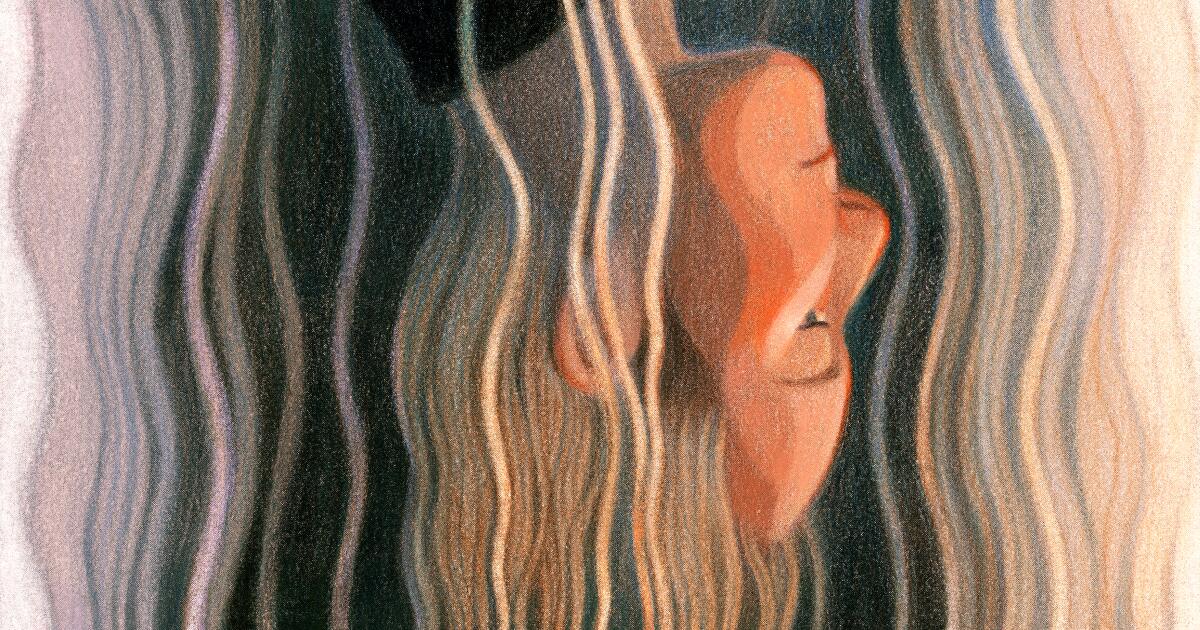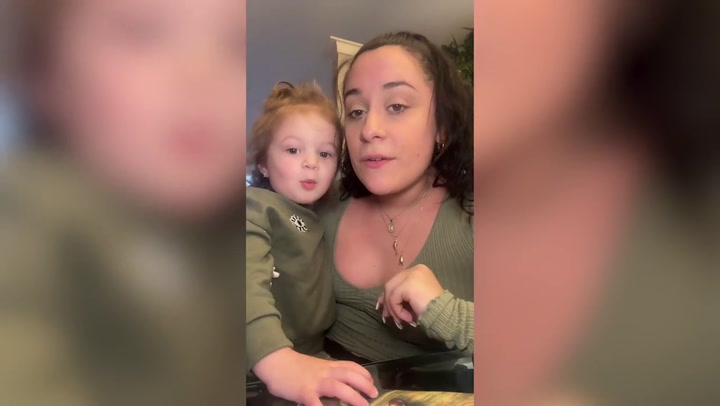A new TikTok trend has people claiming they can switch to alternate realities.
In a TikTok community called “ShiftTok,” people say they can shift their consciousness toward different realities through mental meditation techniques. Viral videos from the online community show various users claiming everything from having a husband in a different world to being able to attend Harry Potter's Hogwarts School of Witchcraft and Wizardry.
“I have a husband in many of my RDs [desired realities]”ShiftTok influencer Maddie told viewers in a video. “The important thing is to remember that you exist there.”
So-called “shifters” claim they can travel between realities through meditative techniques such as creative visualization. Psychologists often use this tactic with their patients to relax or calm them, and some note that by tapping into the imagination, a patient can achieve a deeper sense of serenity.
“Creative visualization is a good example of using your imagination to help you create whatever you want to happen in your life,” wrote Dr. Abigail Brenner in Psychology Today. “The technique has been around for a long time, it has been well researched and its usefulness has been demonstrated.”
However, Dr. Brenner notes that creative visualization is a method used to help the patient determine their goals and what they see themselves achieving, not necessarily an escape to an alternate reality. Creative visualization is done in first person, with the idea that what you are visualizing is happening in the present. But if the line between what's real and what's imagined becomes blurred, psychologists say it may indicate something concerning.
In another video, Maddie addressed both would-be shapeshifters and armchair psychologists in her comments section, explaining that her change is not a byproduct of maladaptive daydreaming or schizophrenia. She directed viewers to a comprehensive Google document she made addressing the various diagnoses thrown at her.
“Shifters don't get lost in their DR,” he said, adding that the change doesn't stop him from living a normal life. “When I go about my daily life, I am not affected by my desire to change realities. It doesn't affect me to think about my DRs. I almost never think about my DRs during the day.”
Even if shapeshifters can claim that it doesn't affect their day-to-day life, because it doesn't severely limit their ability to function, it doesn't mean it's not a cause for concern. People with schizophrenia, for example, may tend to believe in magical thinking and may often have difficulty differentiating their dreams from reality.
“Altered states of consciousness are normal in the human experience,” said therapist Erik Anderson. USA Today. “Some people come back from those intense fantasy states and say, 'Oh, I had this interesting fantasy. I had a dream. He was daydreaming. And some people come back and say, 'No, those weren't dreams.' They were real. “
To a lesser degree, using change as a means to escape reality may indicate maladaptive daydreams. According to the Cleveland Clinic, this occurs when someone daydreams excessively to avoid dealing with their daily lives. Researchers have found that those who experience it have extremely vivid and detailed daydreams.
If someone vividly imagines a life in which they have a family, Anderson explained, that may be a product of loneliness. A detailed dream of being a Hogwarts student or a hobbit in Tolkien's Middle-earth may suggest longing for a life with more adventure.
“In previous generations, there were so many people like this… but now that you have the Internet, these people can form communities online,” Anderson said. The presence of the ShiftTok community shows that those who struggle with their perception of reality find it harder to go unnoticed. But as they navigate their unique experiences, knowing that they may not be alone can be comforting.












